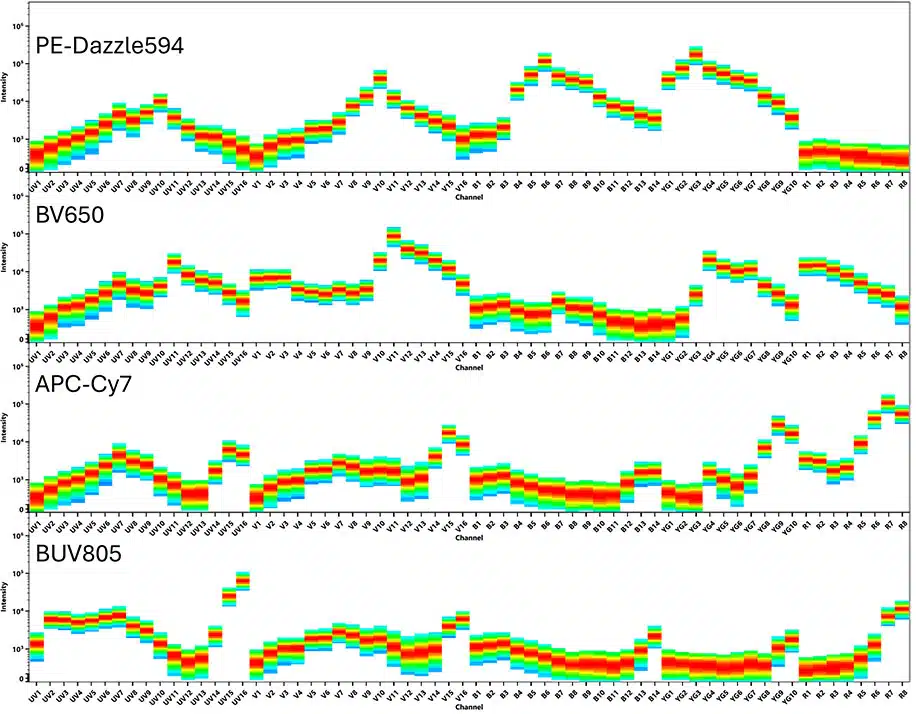
We have characterized UNKC-6141 mouse of pancreatic ductal adenocarcinoma expressed as a flank model in C57BL/6 mice for analyzing the efficacy of therapies for pancreatic cancer. The genetic profile of UNKC-6141 cells mimics the natural progression of PDAC in human mutagenesis.
Fast Growing and Reproducible
The UNKC-6141 cell line displays aggressive growth in syngenetic models allowing for efficient analysis of therapeutic agents.
Aggressive Growth
The UNKC-6141 cell line has metastatic potential spreading to the liver, spleen, small intestines, and lymph nodes.
Immune Response and Treatments
The UNKC-6141 syngenetic mouse models provides a sufficient immunocompetent setting to study cell infiltration and effectiveness of immunotherapies.
Pancreatic Ductal Carcinoma Mouse Model
UNKC-6141 is a mouse pancreatic ductal adenocarcinoma cell line (PDAC) derived from pancreatic tumors of KrasG12D Pdx1-Cre (KC) mice and expresses the ductal marker CK19.
CDKN2A, TP53 and SMADA/DCPC4 genes are not mutated within the UNKC-6141 cell line.
The UNKC-6141 cell line is resistance to Gemcitabine, a common chemotherapeutic.
The UNKC-6141 cell line is characterized by a KrasG12D mutation.
CK19 (Cytokeratin 19), E-cadherin and N-cadherin (epithelial-mesenchymal markers), Muc1 and Muc4 mucins are expressed. Express of Amylase is low in this cell line.
(Torres et al. 2013)
Due to its resistance, common treatments include combining immunotherapy, immune modulations, and/or epigenetic modifiers.
Commonly Requested Endpoints

Histopathology
Our customizable histopathological analysis can help evaluate tumor microenvironments, track tumor progression and metastases and inform treatment decisions.

Flow Cytometry
Our flow cytometry expertise can help characterize tumor-infiltration T lymphocytes, identity immune biomarkers, and so much more.
Frequently Asked Questions
No, Ichor has many banked cell lines available, including the UNKC-6141 line.
On average, it takes about two weeks to grow and culture the cells from injection.
A syngeneic model allows for the analysis of novel therapeutics within an intact, functional immune system. Most cell lines can also be implanted orthotopically, demonstrating local immune suppression and organ-specific effects more accurately.
Due to its resistance, common chemotherapeutics may have limited tumor suppression, and a combination of therapeutics may be most effective.